Welcome to our November Newsletter!
Emil Nolde Marschlandschaft mit Bauernhof (1935)
“His dear nightingale…” Piano Trios with Clarinet
Sarasa is excited to delve into some incredible chamber music by Ludwig van Beethoven and Johannes Brahms for our November concert-set, presenting two wonderful masterpieces in the combination of clarinet, cello and piano. The Beethoven trio is his very own arrangement of his Septet in E-flat major, Op. 20 (1799), which was an instant hit, and became one of the most familiar works of this young, bold genius. In fact, it eclipsed other works he felt were much more worthy of notice. He made a fantastic version for piano, clarinet and cello in 1803, which Sarasa will be performing. Paired with this will be Brahms’ trio with the same formation. It is a mature work that he wrote after coming out of self-imposed retirement from composing, inspired by “his dear nightingale,” the magisterial German clarinettist, Richard Mühlfeld. Join us for a very special weekend of music!
Friday, November 18, 2022 at 7pm at Brattleboro Music Center, Brattleboro VT (BMC tickets here)
Saturday, November 19, 2022 at 7:30pm at Harvard-Epworth United Methodist Church, Cambridge
Sunday, November 20, 2022 at 3:30pm at Follen Community Church, Lexington
With Eric Thomas, clarinet; Jennifer Morsches, cello; Jean Schneider, piano; Timothy Merton, cello
Inspiring Instrumentalists:
Johannes Brahms
In the early part of his career, Brahms (1833-1897) famously destroyed any of his compositions he deemed not good enough — Beethoven’s shadow loomed largely over his creative output and that of many other composers from the Romantic era. Brahms would throw his manuscripts in the fire as a young man, a sign of his desire to display only perfection with his art form. Throughout his career, he often sought the trusted opinions of his closest friends, Robert & Clara Schumann and the violinist, Joseph Joachim. With Brahms’ Trio for clarinet, cello and piano in A minor, Op. 114 (1891) the music simply flowed from his pen with abandonment. One gorgeous melody follows another, and while it is perhaps tinged with an autumnal, reflective mood, his inspiration laid squarely on the incredible playing of the self-taught clarinettist, Richard Mühlfeld (1856-1907). He had several pet names for Mühlfeld, such as “his dear nightingale” or “my prima donna”— he was “absolutely the best” clarinettist Brahms had encountered. The result was four late chamber works: the clarinet trio, the clarinet quintet, and two sonatas for clarinet and piano— a true and lasting legacy of Brahms’ esteemed position in chamber music writing.
Richard Mühlfeld: artistry of the highest order
Brahms was also moved and inspired by the playing of the renowned German cellist, Robert Hausmann (1852-1909), who played in Joseph Joachim’s string quartet. He premiered works such as Brahms’ Double Concerto and Bruch’s Kol Nidre. He, along with Mühlfeld and Brahms, premiered the clarinet trio in 1891. He is also the dedicatee and inspiration for Brahms’ late Cello Sonata No. 2 in F major. Hausmann was well-known for never using an endpin when he played the cello. His Stradavarius cello became known as the “Hausmann” Strad.
In the music salon: Robert Hausmann and Johannes Brahms
Making Music in the home:
In the streets of Vienna, everyone was whistling the upbeat tunes of Beethoven’s Septet (for clarinet, horn, bassoon and strings) after its public premier in 1800. Savvy-minded publishers sought to capitalize on its popularity by issuing arrangements for different combinations of instruments. As there was no recorded sound yet, the best way to bring music to the home was through such arrangements— for string quintet, solo piano, four-hand piano, or, say, flute, violin, cello and piano. Music had become a domestic affair rather than a privilege solely enjoyed by aristocrats and their employed court musicians. With the frenzied popularity of his septet, Beethoven decided to take action into his own hands, and ensure his name was next to the notes people were enjoying playing in the coziness of their own homes. His “Grand Trio in E-flat major, Op. 38” is a rare example of the composer issuing an arrangement of his own music.
FUN Foodie facts:
When Beethoven first moved to Vienna, he sometimes enjoyed preparing delicacies in the kitchen and sharing them with his friends, especially the pianist-composer, Johann Nepomuk Hummel (whose string trio Sarasa performed in May 2022). Apparently Beethoven's cooking was inedible! At the cafés, his favorite meal was macaroni and cheese, or the Viennese version, called Käsespaetzle. Beethoven also apparently counted out 60 coffee beans exactly each morning to grind for brewing his favorite cup of joe.
Meanwhile, when Brahms lived in Vienna, he ate his midday meal at the same restaurant every single day, at Zum Roten Igel (The Red Hedgehog). Other composers who frequented this famous cafe regularly were Franz Schubert, Robert Schumann, and Felix Mendelssohn Bartholdy, among other artists.
Say “Cheese!” ~ Käsespaetzle in Vienna’s Sperl Café
WATCH sarasa ensemble on cambridge community tv!
Cambridge Community Television will start airing select Sarasa concert programs. Keep your eyes and ears peeled for a showing of 2021’s In Search of Beethoven next week- a great warm-up for this month’s live concerts!
Showtimes:
Monday 11/14 at 7:30pm
Tuesday 11/15 at 5pm
Wednesday 11/16 at 7:30pm
Thursday 11/17 at 1pm
Friday 11/18 at 6pm
Interested in viewing all our past concert videos? Check out our Concert Video Catalogue, available for purchase or as part of your subscription package!
















